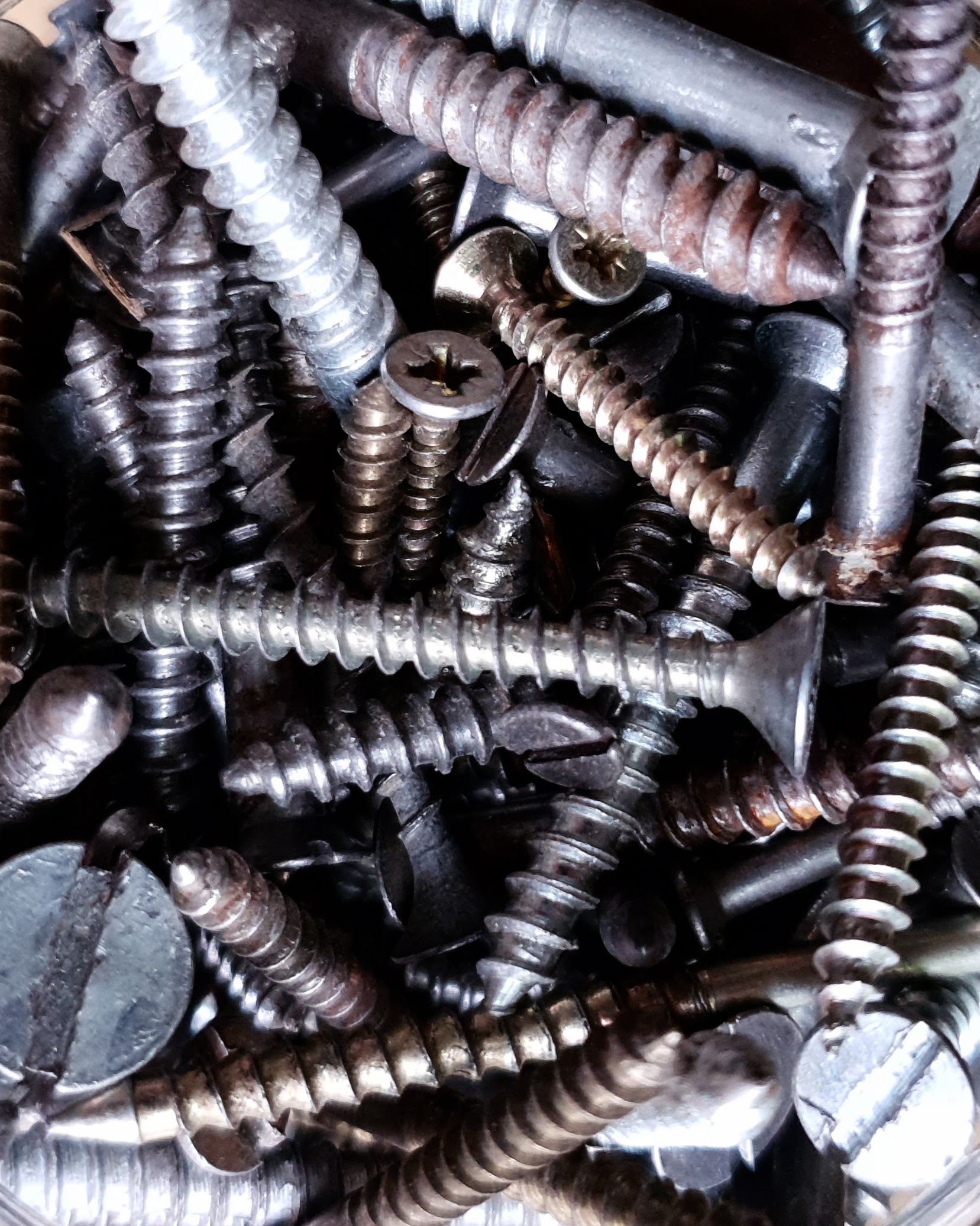
What is a texture?
The term originates from a latin word textūra, which means a weaving, web, structure.
Music theory: the way different sounds or musical elements are combined, ranging from monophonic (single melody) to polyphonic (multiple independent lines).
Visual arts: the perceived or actual surface quality of an artwork, such as roughness, smoothness, or patterns.
Textiles: the feel or appearance of a fabric’s surface, influenced by weave, fiber type, and finish.
Geology: the size, shape, and arrangement of mineral grains in a rock, affecting its structure and classification.
Computer graphics: a 2D image applied to a 3D surface to simulate material details like wood, metal, or stone.
Food: the physical consistency of food, such as crispness, smoothness, or chewiness, affecting sensory perception.
Literature: the layering of language, style, and details that create depth and richness in a written work.
Textures are build of multiple elements, often exhibiting self-similarity, randomness, and microstructure. Textural qualities engage multiple senses — vision, hearing, touch, taste, and smell — existing at the intersection of conscious and subconscious perception, as well as between noise and information, or time and frequency domains.
From seemingly unorganized elements, a subtle sense of order emerges.
My ongoing doctoral research is focused on the perception and synthesis of sound textures. The goal is to develop a parametric model of sound textures that is based on the principles of stochastic generation of granular sound events. The research is conducted at the AGH University of Science and Technology, under the supervision of Dr Marek Pluta.
Sound textures:
consist of numerous, very short sound events (grains) that are subject to high-level, stochastic organization;
have a homogeneous (quasi-stationary) temporal structure;
the grains are similar to each other (redundancy) but not identical (randomness).
City: engine hum, chatter, clinking cutlery in a restaurant, applause, fireworks, popcorn.
Home: refrigerator, washing machine, microwave, fan, typing on a keyboard, printing, vinyl record crackle, cooking, frying a cutlet, dripping faucet.
Musical instruments: idiophones (rattles, cymbals), snare drum, bow.
bubbling, dripping, gurgling, splashing, sloshing, swishing, trickling, splattering, flowing, splashing, hissing, buzzing, whirring, rattling, clicking, clattering, grinding, whizzing, creaking, scraping, clinking, ticking, popping, whizzing, clicking, humming, rustling, crackling, fluttering, growling, howling, chirping, wailing, croaking, screeching, cracking, popping...
We hear textures all the time in our daily lifes, even if the perception is not conscious and remain in the background. This exposure has a significant effect on our mood, emotions, and cognitive processes, and it is worth to explore and understand it better.My research aims to bridge this gap by developing a parametric model of sound textures which could answer the questions about the importance of underlying qualities of textures (such as density, randomness or the average shape of grains), and how these qualities relate to the recognized context of such sounds. And then, what are the fundamentals of esthetic preferences for certain textures? How to make cars, home appliances, whole cities sound less disturbing (maybe even pleasant)? How to design sounds that enhance relaxation or concentration? And finally, I want to explore the new possibilities for sound design and creation of musical instruments, based on parametric synthesis of textures.